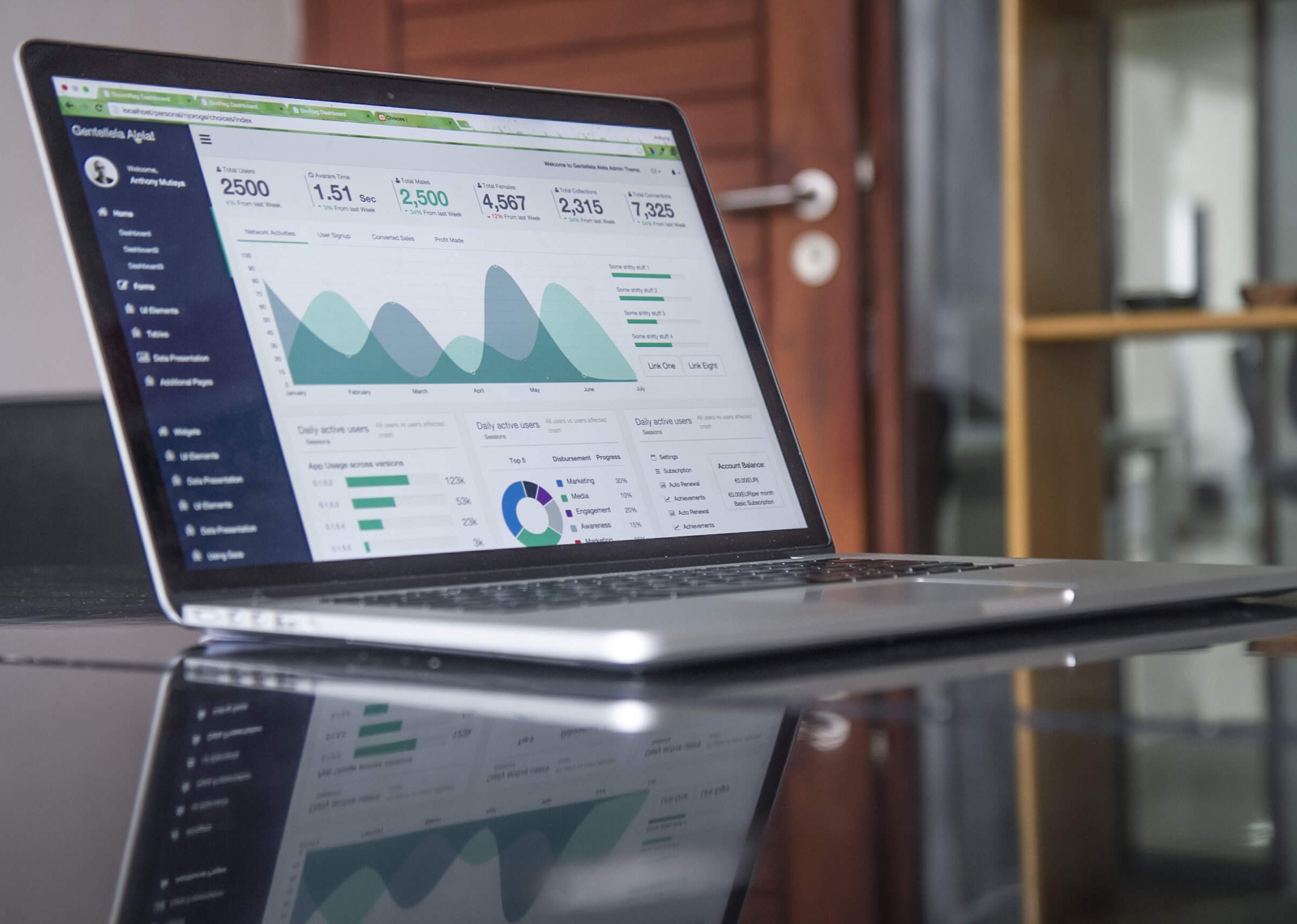Retail Metrics: An Introduction
We wish that retail was all fun. If you’re like a lot of the people we work with, you have a passion for your product, your customers, your employees, and couldn’t imagine doing something different. Retailers get to be curators for their local markets that influence fashion, home design, sports trends, and so many other markets. There’s so much to love about retail.
But, there’s always a but. Retail also takes a lot of work and in order to compete in today’s market, it’s essential that independent retailers gain an understanding of what drives a successful retail business. It’s quite possible that your intuition alone is enough to make you successful but our hope is that you can let data from your business drive your intuition rather than go in blind and hope your Midas touch sticks.
We’re going to continue our normal content around retail marketing, design, process, and other pieces of retail that we love but we also want to provide you with real value that lets you grow your business, even the less-fun pieces. If you see that this info is important but need a little more help, feel free to reach out and we’d be happy to help you navigate through these important retail metrics.
Retail Metrics: Using GMROI
It’s time to talk the sexiest thing in retail, business analytics; which is a fancy way to say math. The idea of math being the most appealing part of your retail business may be up for debate, however, what’s not up for debate is how useful it can be for your business. Everywhere we go we keep hearing buzz-words like ‘Analytics’, ‘Big Data’, or ‘Pizza doesn’t count as a vegetable’ but how do they apply to an independent retailer? Well first and foremost, whoever says pizza isn’t a vegetable, is wrong and I will die on that hill. The truth is that analytics equips and encourages you to make sound business decisions substantiated by more than sheer intuition. For starters, let’s talk about one of my favorite retail metrics that you can leverage for your business, GMROI.
GMROI?
GMROI stands for Gross Margin Return on Investment, it allows us to get a quick look at the average amount that the inventory returns above its cost. Before we talk about using the number, let’s talk about what numbers we need and how we can calculate it.
Numbers needed to Calculate GMROI:
- Revenue – The total of revenue for the time period you’re doing the calculation for
- Cost of Goods Sold – The price you paid for your inventory over this time, by finding revenue and Cost of Goods Sold this allows us to calculate our Gross Margin
- Gross Margin – The total amount of Revenue remaining after the cost of goods sold is subtracted.
- Average Inventory Cost – Represents the average cost of your inventory over the time period being evaluated. This allows your business to track inventory losses that may have occurred due to theft or shrinkage, or due to damaged goods caused by mishandling. It also accounts for any perishable inventory that has expired.
Now that we have defined a few terms we will be using, let’s talk about how to Calculate GMROI. The two figures used to calculate GMROI are Gross Margin and Average Inventory Cost. Gross Margin is calculated by taking Revenue – Cost of Goods Sold (Gross Margin = Revenue – Cost of Goods Sold). Average inventory cost is the average cost of your ending inventory divided by the accounting period you are looking into. Let’s look at an example to illustrate all of this.
Figures we will start with:
Revenue for Q3: 250,000
Cost of Good Sold: 100,000
Ending Inventory (8/31/2017): 35,000
Ending Inventory (9/30/2017): 42,000
Ending Inventory (10/31/2017): 30,000
First, let’s get our Gross Margin, to do this we will take our Revenue (250,000) – our Cost of Goods Sold (100,000). Our Gross Margin would then be 150,000. Next, let’s look at Average Inventory Cost. To do this we will take the total of ending inventory for the months outlined above divided by the number of timer periods (3)
So we will have:
- Totals of ending inventory: (35,000+42,000+30,000) = 107,000
- Number of time periods: 3
- Average Inventory Cost: 107,000/3 = 35,667
Now for the Final Calculation:
- Gross Margin: 150,000
- Average Inventory Cost: 35,667
- GMROI: (150,000 / 35,667) = 4.21
Why Does GMROI Even Matter?
So we went through the full process to get our GMROI of 4.21, but how do we begin to use this to understand your business? The way I like to view GMROI is a simple breakdown like this:
- GMROI of 1 or above: You paid for the cost of your inventory
- GMROI of 2 or above: You paid for the cost of your inventory + your utilities, and other bills associated with your store.
- GMROI of 3 or above: You get to pay yourself.
Although simple, GMROI allows us to get a quick glimpse at the health and success of your store. By tracking GMROI periodically, you can begin to understand and attribute the causes for success. If you want to talk more about how you can leverage GMROI and other key retail metrics for your stores, feel free to fill out a form on our website and we’d love to talk.




